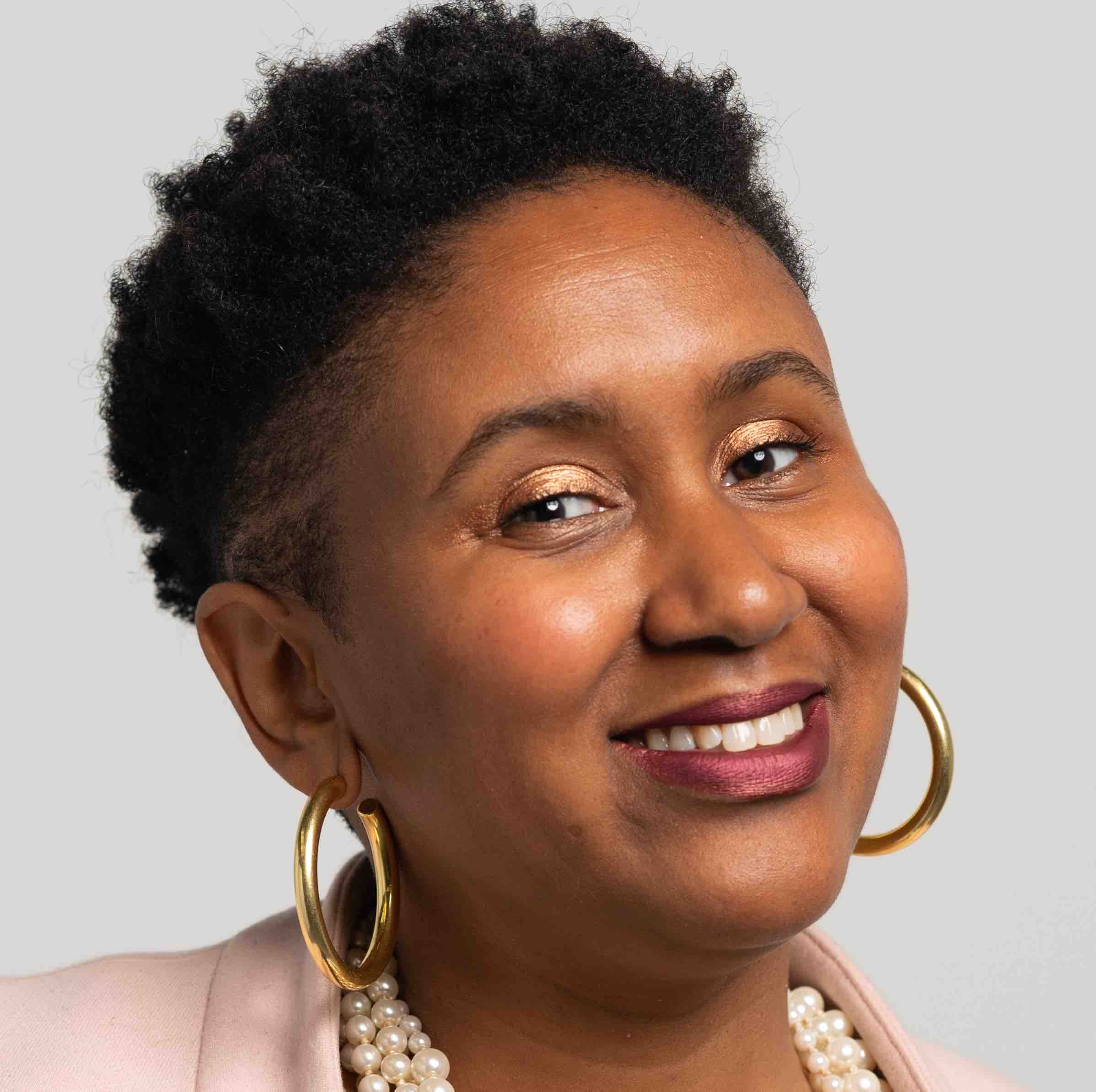4 minutes
Don’t just give everyone at your credit union the same thing; ensure that everyone is included in a way that helps them prosper.
In her 2017 book, The Origin of Others, Toni Morrison asks, “Why should we want to know a stranger when it is easier to estrange another? Why should we want to close the distance when we can close the gate?”
The United States is getting increasingly—even radically—diverse, both racially and ethnically. According to the US Census, by 2055, less than 40 years from now, people of color will be 52% of the population. Unfortunately, with these major demographic shifts across our country, we are increasingly seeing each other as stranger rather than guest.
For CUNA Mutual Group and credit unions across the country to best serve the current and future needs of our customer base, we must begin to understand and reflect the changing demographics of our nation. We must view diversity as an asset to be built and embraced, as opposed to a threat to our existence. In fact, McKinsey & Company’s 2015 Diversity Matters report states that companies in the top quartile of racial and ethnic diversity and gender diversity have higher financial returns compared to national industry medians.
We know that diversity is not only the right thing to do for our organizations, but paramount to our success. To use a phrase from the Harvard Business Review, “Diversity is useless without inclusion.” If you do not have an inclusive workplace where a diverse population can thrive, your organization will not reap the benefits—including innovation, business growth and employee satisfaction. And the secret ingredient to inclusion is: equity. Equity is the path toward creating inclusive workplaces that create the necessary sense of belonging essential for a diverse workforce to thrive.
What Is Equity, Exactly?
PolicyLink defines equity as, “a just and fair inclusion into society where all can participate, prosper and reach their full potential despite historic patterns of exclusion.” The work of equity is to understand what drives the lack of inclusion (in our workforce, economy and society at large) and offer solutions to ensure that everyone has the opportunity live and work up to their fullest potential.
The words “equity” and “equality” are often used synonymously, but what they mean is very different. In an equality model, we are focused on equality of input—giving everyone the same thing. In an equity model, we are focused on equality of outcome—providing people with what they need so that all can be included and prosper.
Is Your Organization Equitable?
Examples of equity in action are all around us. These include maternal and paternal leave, employee resource groups, closed captioning on videos, gender-neutral restrooms, nursing rooms and curb cuts. In each of these examples, people’s needs were being met so that they could be included and prosper.
You can do a quick equity analysis of your policies, programs, products and services by regularly asking the following questions:
- Who is benefitting from this decision?
- Who is being burdened (often unintentionally)?
What Does Equity Look Like in the Workplace?
Let’s explore a quick equity analysis on a common workplace policy: dress code. Dress codes are a set of guidelines—generally written in formal policy—regarding workplace attire. Dress codes are generally based on and are symbolic of various culture norms. They often vary by such things as organization, geography, culture and religious affiliation.
In the United States, a common component of dress codes includes not wearing anything that covers one’s head (e.g. hats). The general sentiment of this particular dress code is: “We don’t allow people to wear hats to work.”
A quick equity analysis tells us this policy may not be inclusive. The people who are unintentionally burdened by this policy include people who would like to wear a head covering after losing hair during a medical treatment and those who wear turbans or hijabs as a part of their religious practice.
This type of policy was not intended to cause a lack of inclusion. However, unless you do an equity analysis, you are not going to understand the potential impact of a decision.
As our communities and workplaces become more diverse, the practice of equity is necessary to create an environment that is inclusive and in which everyone can thrive. Equity is fundamentally about closing the distance between us—not closing the gate between us. It is about authentic relationships, understanding the strength in our diversity and knowing what each of us needs to live up to our fullest potential. This cannot be done when we “stranger” one another. This can only be done when we see each other as guest, neighbor and friend.
Angela Russell is VP/diversity, equity and inclusion at CUESolutions Platinum provider CUNA Mutual Group, Madison, Wisconsin.






